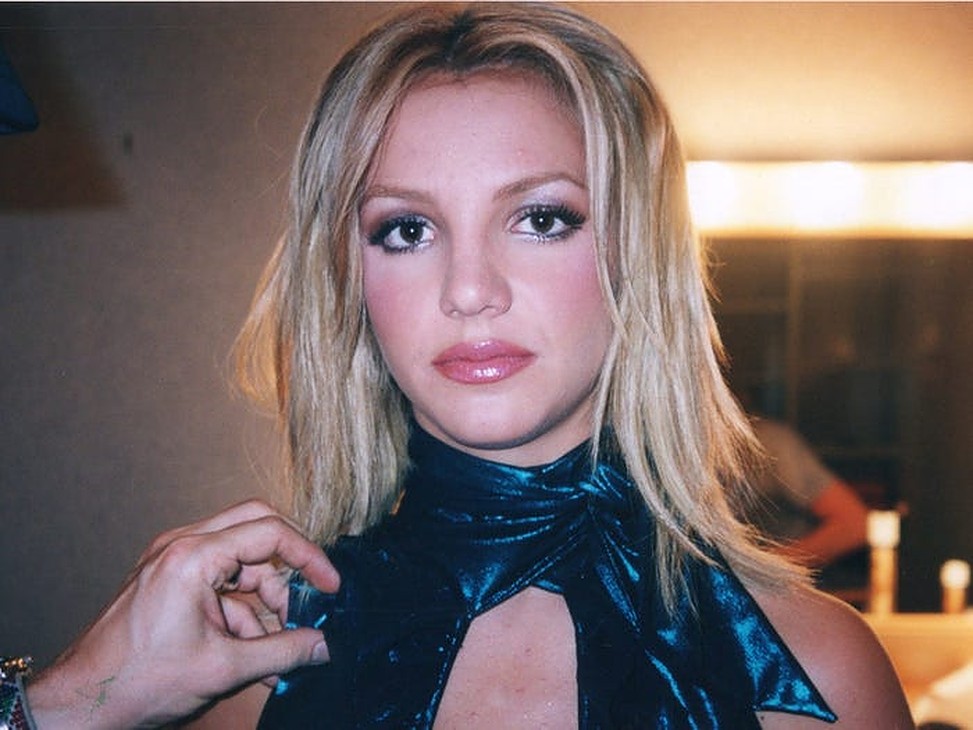Our Take: 4 Stars
On Feb. 5, the world became obsessed with Britney Spears again thanks to the release of the New York Times produced documentary, “Framing Britney Spears.” The documentary sets out to investigate the crumbling conservatorship her father, Jamie Spears, has over her and her almost 59 million dollar estate and the #FreeBritney movement that has spread throughout fans of the star over social media.
The documentary begins with Britney’s roots in Kentwood, Louisiana where she was plucked into stardom at a young age. From the jump, the film highlights the intense scrutiny and misogyny Britney faced from the age of 10.
Clips of a baby faced Britney singing a soulful rendition of The Judds’ “Love Can Build a Bridge” flash across the screen, followed by the host of the program asking her if she has a boyfriend.
This awkward interview moment serves as the beginning of over two decades worth of an intense and inappropriate focus on Britney’s body.
Hailing from the Bible Belt, the film shows how quickly Britney took on an innocent “girl next door” imagery at the beginning of her career. Her Louisiana accent peaked through during sit down interviews and backstage footage and reminded the audience that while she later became one of the most famous pop stars of all time, Britney started off as your traditional all-American girl.
Britney’s image was quickly manipulated by the tabloid press as she got older and became more comfortable with her sexuality. The documentary makes an interesting case in the fact that it claims that the Monica Lewinsky and Bill Clinton scandal bled over into Britney’s career. The peak of Spears’ career occurred at a time in which the American people were finding out the minute details of the sexcapades of the President of the United States. Late night talk show hosts and conservative mothers alike started branding Monica Lewinsky and Britney Spears as sexual deviants akin to the school sluts and started blaming Britney for spreading sexual messages through her skin tight outfits and saucy dance routines.
One of the most shocking parts of “Framing Britney” is the film’s concentration on her relationship with Justin Timberlake, and its effects on her image. The film essentially equates their relationship to one of a royal couple, and explains how the media’s fascination with every detail of their personal lives started the initial downfall of Britney’s good girl image.
Timberlake, who walked away from the relationship with his image still intact, weaponized the tabloid press against Britney Spears and made her out to be the bad guy, claiming that she cheated on him during the course of their relationship. The documentary then edits in clips from interviews Timberlake did where he bragged about having sex with Spears while the heavily misogynistic media at the time served as his hype man at the expense of Britney’s mental health. The film then touches on Britney’s marriage and subsequent divorce from Kevin Federline and her peculiar relationship with Sam Lufti, who the film regarded as “the architect of her downfall.”
“Framing Britney” sets out to answer the questions surrounding Britney’s conservatorship situation, but the film ends up focusing more on the events and effects of the frenzy media that got her there. The documentary sheds the most light on the ways in which the tabloid media, at the height of their paparazzi power in the early to mid 2000s, tore Britney and her career to shreds.
While the heavy misogynistic tones that surrounded her career from the minute it began were skimmed over while they were happening, looking back at the situation with the cultural context of the #MeToo movement is startling and prompts viewers to wonder why the media was allowed to run rampant with their fascination over the young pop star’s body and personal life.
The most important takeaway from the documentary is the way entertainment media has shifted over time and how the rise of social media has given celebrities the power to control their own public image. By providing a platform for celebrities to be themselves, toxic paparazzi have mostly been put out of work because we no longer need them to capture those personal moments that remind us that celebrities are regular people too. Instead, Britney and other stars like her are able to share those mundane moments directly with us and have more control over how they frame themselves in the public eye.
